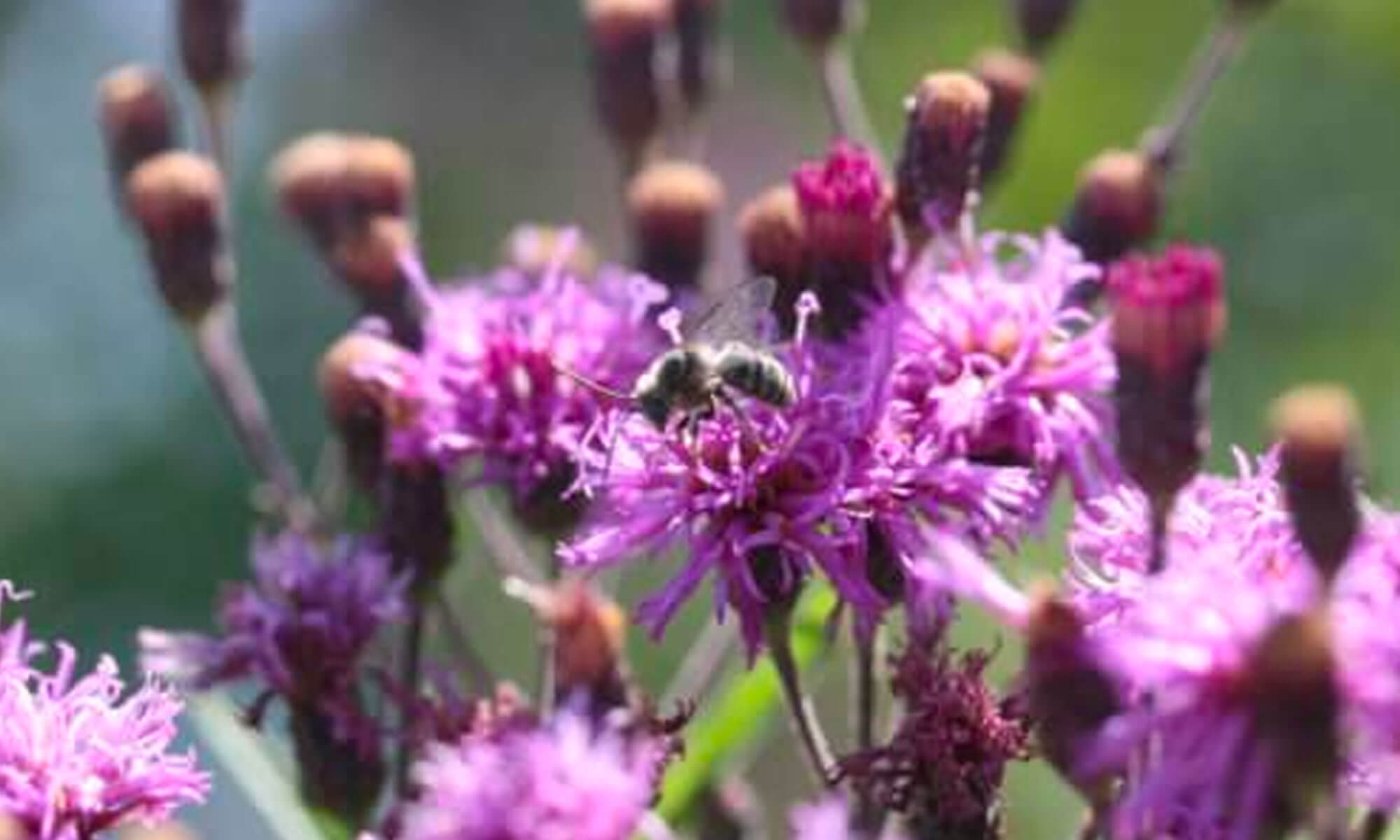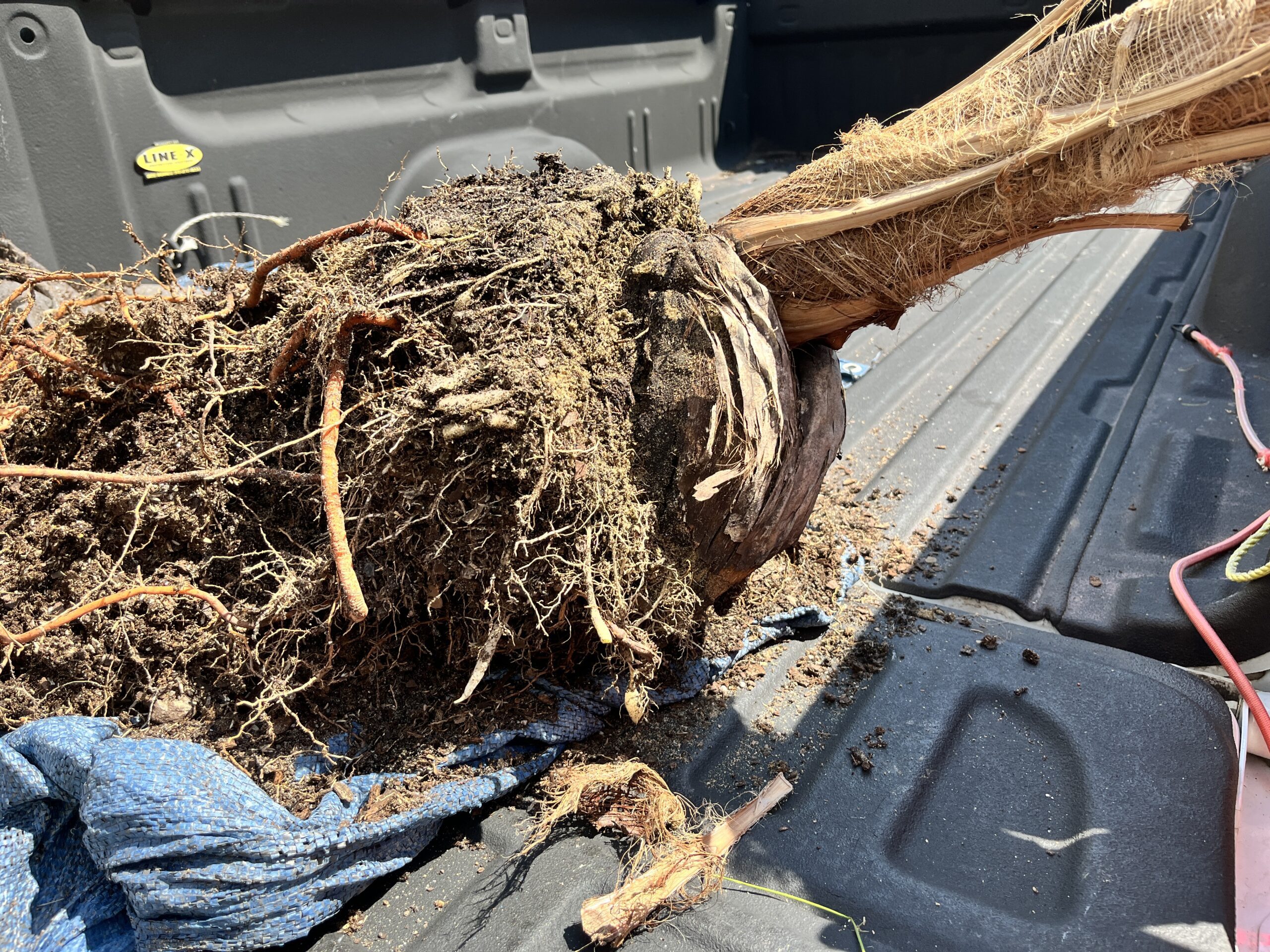Protecting Native Bees with Ecological Horticulturist Ryan Drake
Earlier this summer, I cut a dying bloom from Ipomopsis rubra (Texas plume) in the Dorothy and Max Rutledge Conifer Garden. Not long after, I noticed that a Ceratina sp. (Small Carpenter bee) took up residence in the cutting and started a brood nest to lay eggs in.
Fall is the time for adult females to make hibernaculums, or places to overwinter, and I wanted to see if I could encourage Ceratina sp. to overwinter in the Garden. (Although bees don’t technically hibernate, they do go into a state of dormancy called diapause during the coldest season of the year.) In the wild, these bees would find naturally broken or burnt pithy stems to go into diapause, but I cut additional stems of Texas plume to see if I could assist them in this process, too.
Almost overnight, they began making hibernaculums in these intentional cuts I made. The photos show the excess pith they are excavating from the stem.
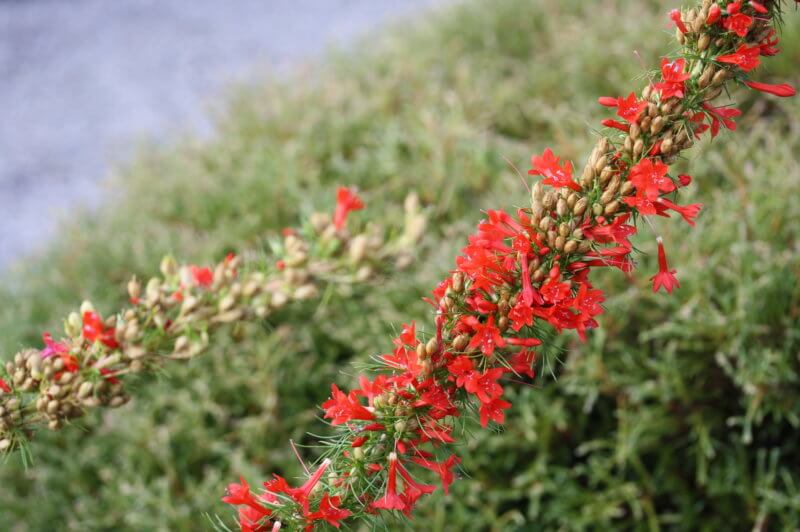
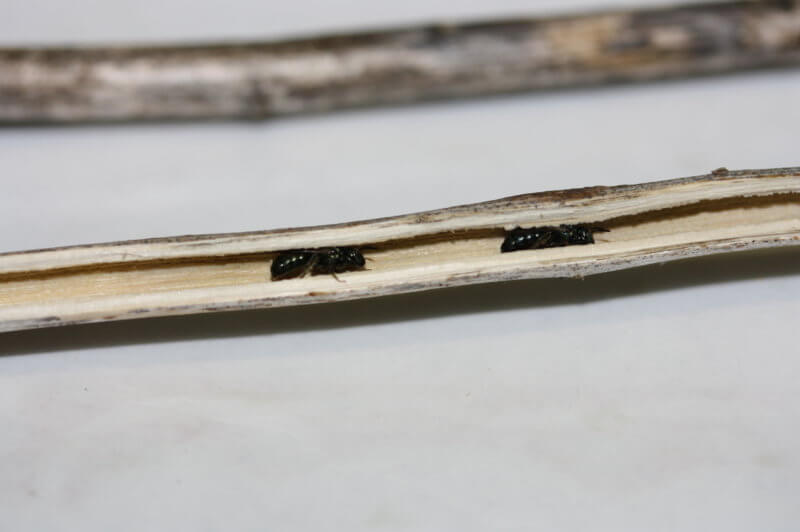
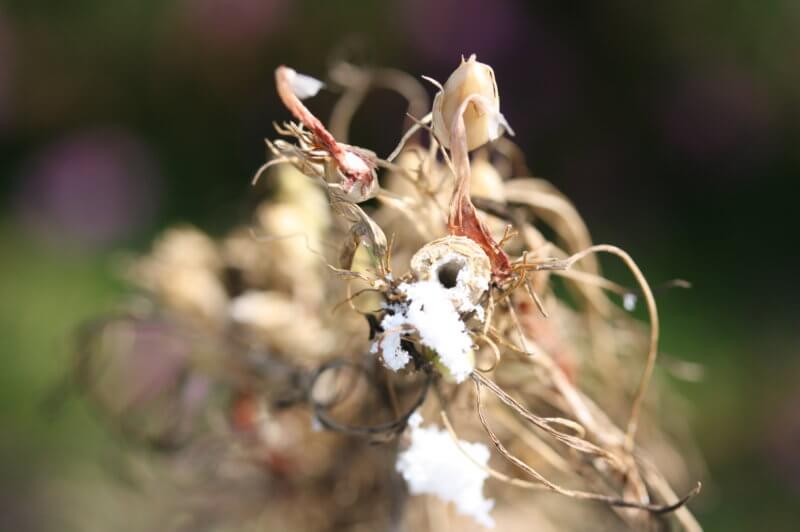
Did you know that 30% of Iowa’s more than 300 native bees are of the stem-nesting species? Whether you decide to make some intentional cuts for these critical insects, or simply leave those old stems in place, they—and your garden—will benefit from leaving habitats this winter.
More about Ceratina (Small Carpenter bees):
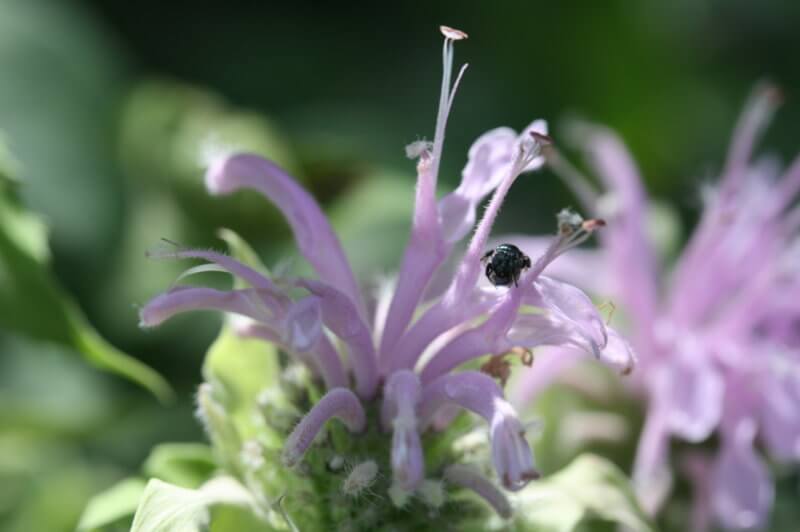
Mentioned above, Ceratina are a common stem-nesting bee found in Iowa. I found another communal nest earlier this summer at the Botanical Garden as well, in the Eutrochium (Joe Pye Weed) stems in the Lauridsen Savanna. But they also commonly take residence in Echinacea, Digitalis, and Vernonia stems.
The other 70% of Iowa’s native bees are ground-nesting species. These bees will also benefit from leaving habitats in the garden undisturbed this fall.
Lasioglossum (Sweat bees)

Sweat bees are among the most numerous and diverse native bees, and this diversity leads to variation in their nesting habits: some species are solitary, some are communal, and some are semi-social ground-nesters.
Lasioglossum are a ground-nesting genus. At just three millimeters in size, this bee can be hard to spot. But this one is seen coming out of her nest.
Melissodes denticulata (Eastern Ironweed Longhorn Bee)
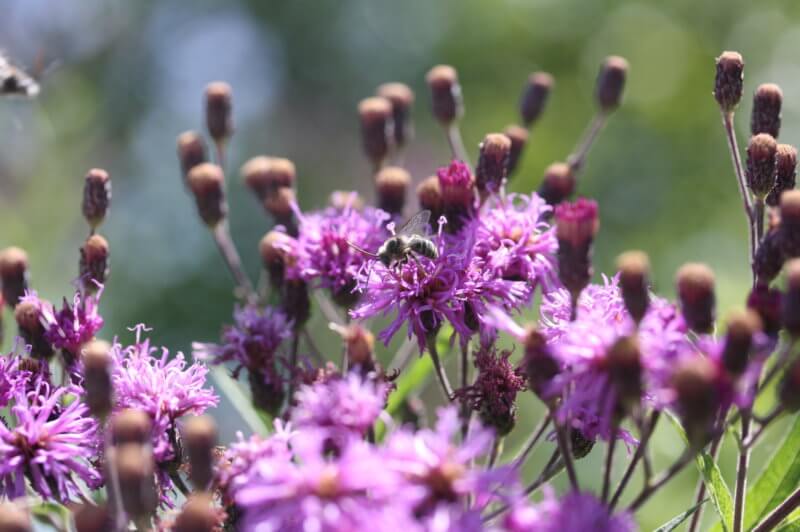
These bees are primarily oligolectic—meaning they specialize in collecting pollen from one specific genus or species of plant: Vernonia (Ironweed). Here they are seen on the lovely, deep purple Vernonia baldwinii ‘Border Crossing’ in the Lauridsen Savanna.
The males are especially easy to spot with piercing blue eyes and extra-long tawny antennae (hence “longhorn”). Females have blue eyes too, but they have shorter antennae and pale scopal hairs on their hind legs.

